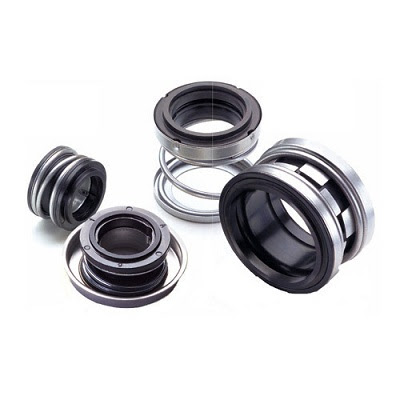How do I Choose the Right Material for My O-Rings?
O-rings and gaskets are used in a variety of companies to help you hermetically seal connections with pipes, tubes, and other parts of complex hydraulic and pneumatic systems. Due to the wide range of applications, there are also a variety of O-ring material options available. Nitrile (Buna), neoprene, ethylene propylene (EPDM rubber), silicone, fluorocarbon (Viton), and PTFE (Teflon) are some of the compounds commonly used for O-rings and seals.
To answer your many questions about o-rings, The Hope Group has created an advanced guide to o-ring material selection, where we will look at the characteristics and compatibility as well as the temperature and strength limits of each material. Ring. These are the things to consider when choosing O-Rings
When choosing the right O-ring for your specific application, there are many factors to consider. They include but are not limited to, operating conditions, chemical compatibility, seal pressure, temperature, durometer, size, and cost. Depending on the specific situation, you can also evaluate abrasion, water, ozone, and electrical resistance. In addition, you can perform appropriate field testing to ensure that water, temperature, pressure, and environmental conditions are suitable for the O-ring of your choice. O-Ring Material Selection Guide. To achieve a variety of applications, manufacturers of O-rings and seals use different elastomers with different physical and chemical properties. Let's see a few below:
Nitrile Butadiene Rubber (NBR) is Resistant to water, oil, liquid, and hydraulic fluids It is not recommended for hydraulic phosphate ester fluids, car brake fluids, ketones, strong acids, ozone, freons, halocarbons, and methanol.
Temperature Range: -40° to +250°F, although this is an average for the lower and upper tolerances of the various Nitrile Butadiene Rubber (NBR) compounds manufactured by Parker. Parker's Buna-N compounds, ranging from 70 to 90 nitrile durometer hardness, withstand temperatures from -30°F to 250°F, including compound N0674.
All Elastomer families:
There
are FDA, USP Class VI, Nuclear, and compounds that meet AMS, Mil, and other
specifications. There are colored and translucent materials and lubricants
inside to meet special needs. There should be something suitable for your
application.
Standard against Custom O-Ring Kits
As an authorized Parker distributor, in addition to the standard O-rings mentioned above, The Hope Group also offers custom seals designed just for your application. We take care of all the work required, gland restrictions, installation maintenance, etc. Contact us to find out more or speak to our gasket experts. If you are looking to learn more about O-Rings then you can visit our official website.



Comments
Post a Comment